RCR D-Type
Jaguar D-Types won Le Mans in 1955, 1956 and 1957, until the factory temporarily retired from racing. 1957 proved to be the D-Type's most successful year with the model taking five of the top six places at Le Mans. The car was the first successful racing car at the international level to bring techniques to auto racing that had heretofore been the exclusive province of aircraft design and manufacturing.
That injection of aircraft design was evident in the body, which was explicitly designed to slip through the air with minimum drag like fighter airplanes. The D-Type's aerodynamic superiority is evident from its maximum speed of 172.8 mph on the Mulsanne Straight. And the introduction of a monocoque chassis, though common in aircraft of the era, was revolutionary for automobiles of the time, which had progressed little from the separate chassis and body approach that was first seen in horse-drawn buggies.
The RCR D-Type has an aluminum monocoque chassis with bolt-on steel subframes, just like the original, and a fiberglass body for ease of manufacture, construction by the builder, and repair if needed. Since the XK-series engine seen in the D-Type was made for many decades, examples are still common and inexpensive enough that the car can have an original XK engine.
All RCR D-Types are right-hand drive, as were all the originals, and no left-hand-drive models will be built.
Although the weaker Jaguar 4-speed gearboxes can be used, the car also supports the popular Tremec World Class T5 5-speed transmission, available new, used and rebuilt pretty much everywhere. Adapters to mate the Jag engine and American gearbox are available.
The RCR D-Type is available with three tail treatments: the plain version, one with a rounded headrest (as used in Sebring), and one with the iconic fin behind the driver (originally fitted for more high-speed stability at Le Mans – just like the recent P1 prototypes !).
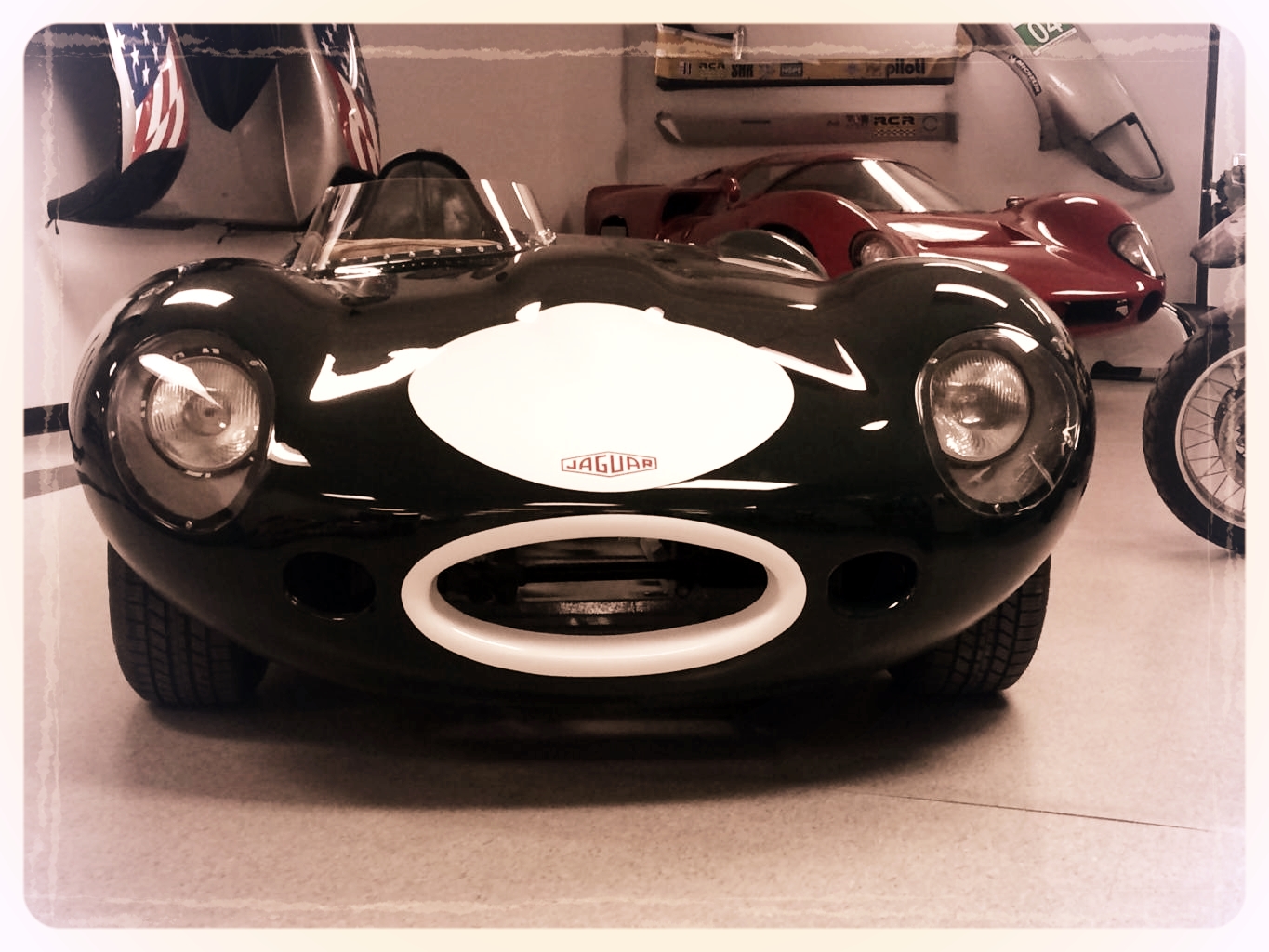

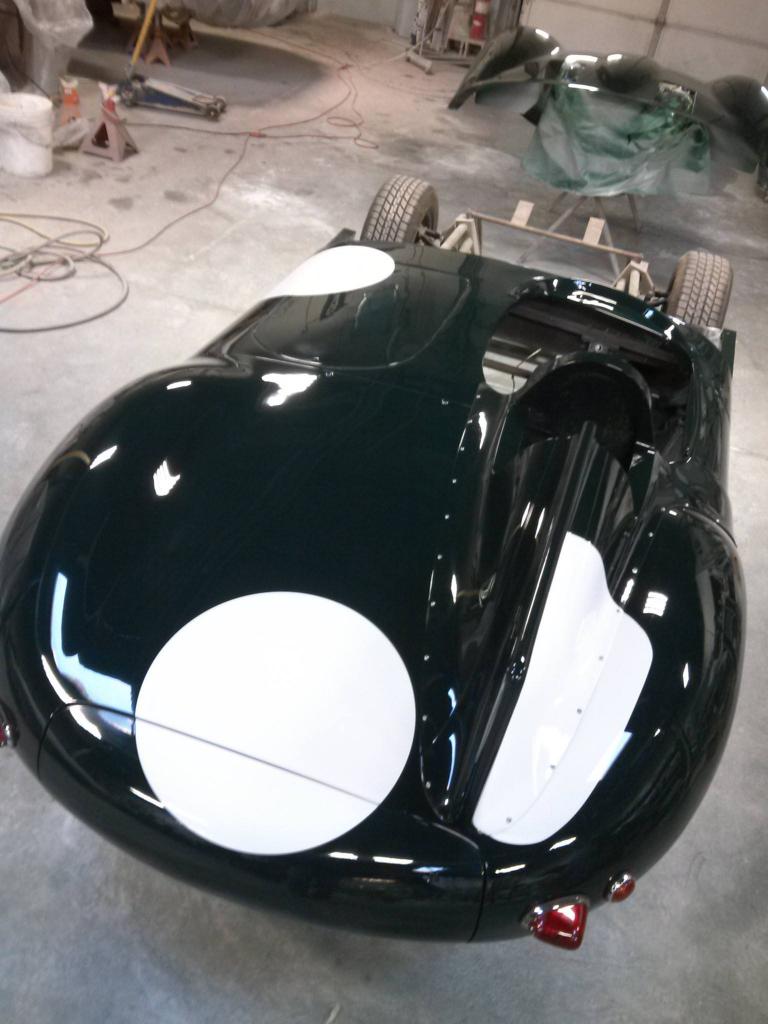

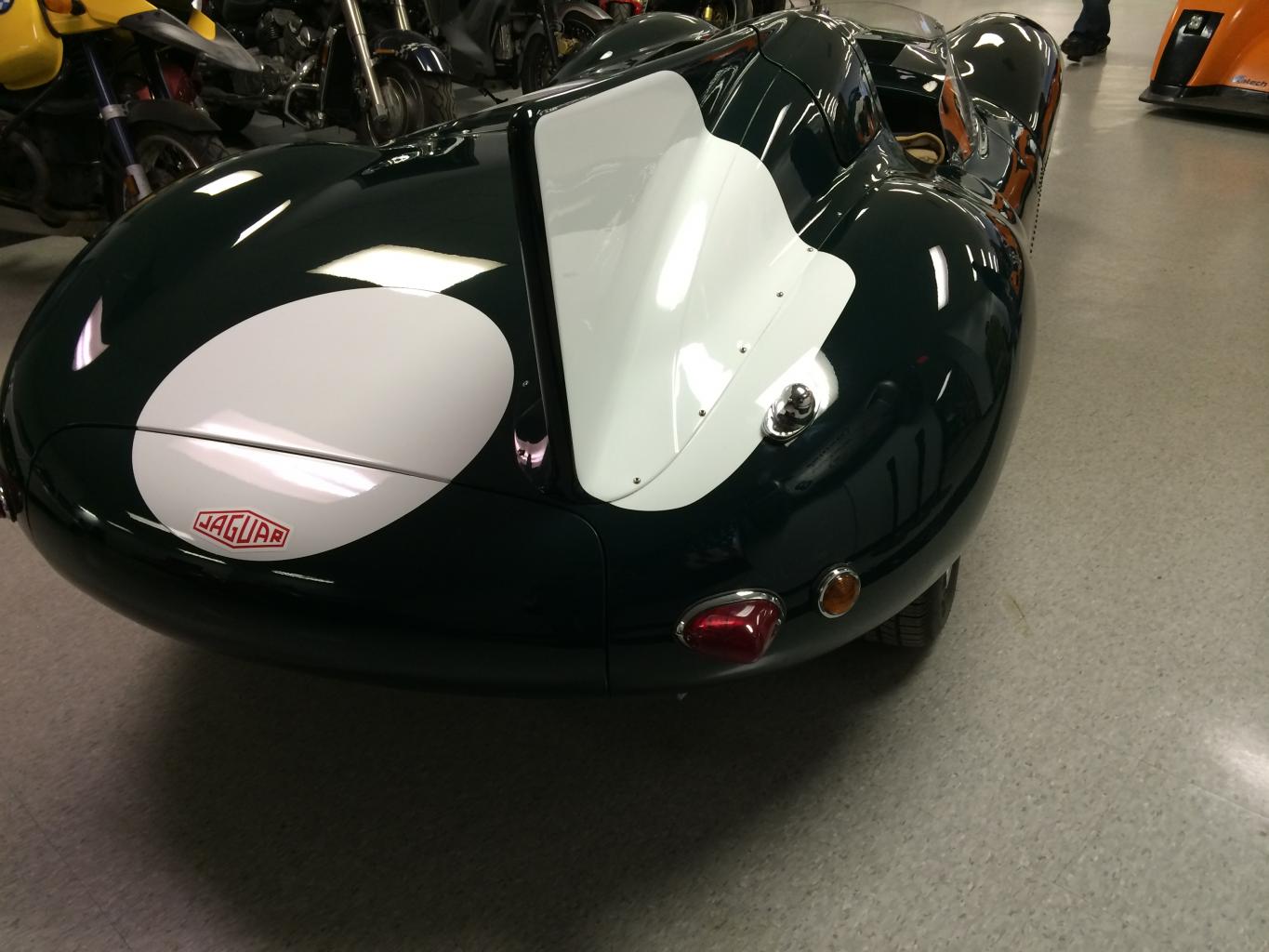
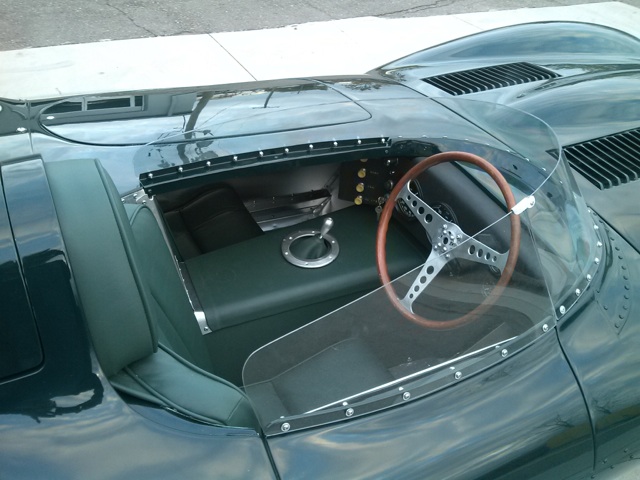
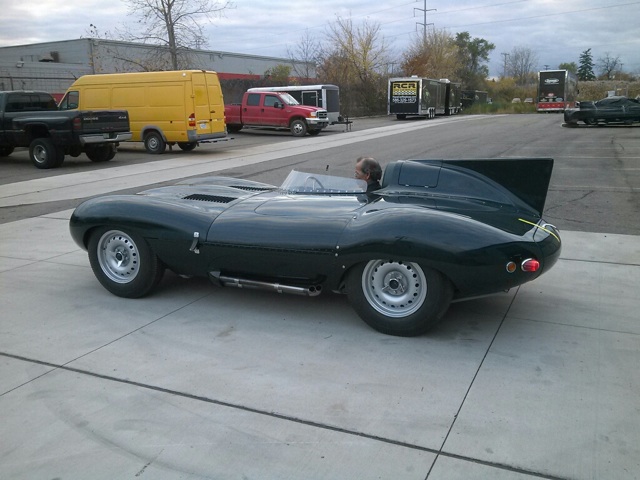
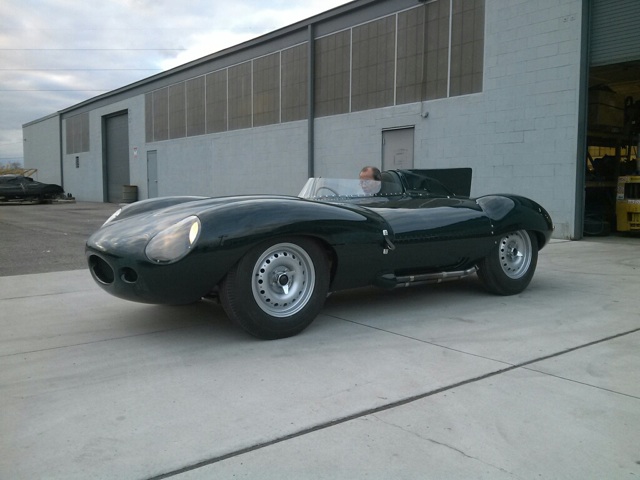
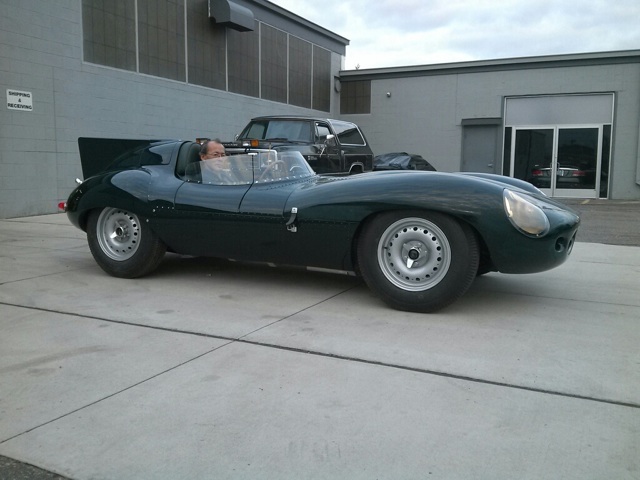
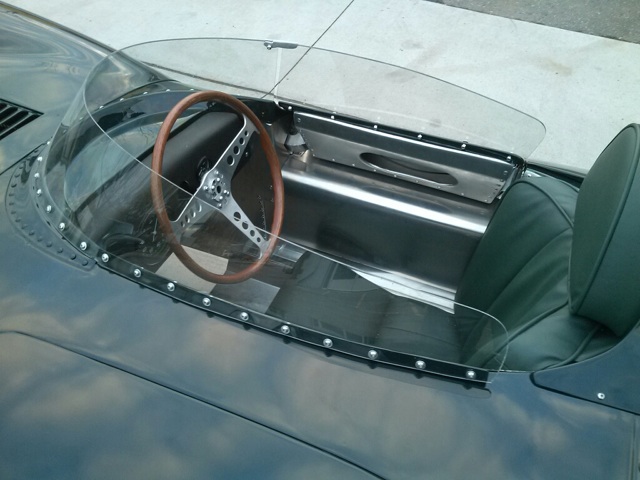
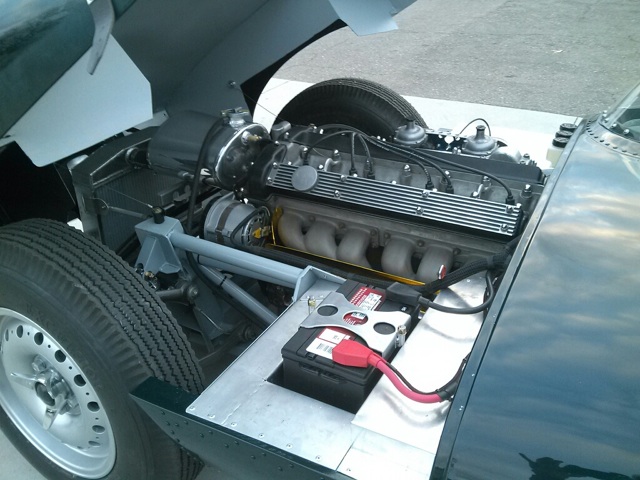
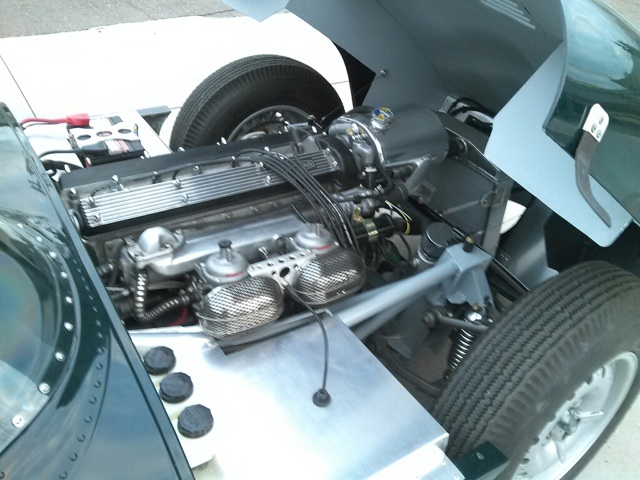
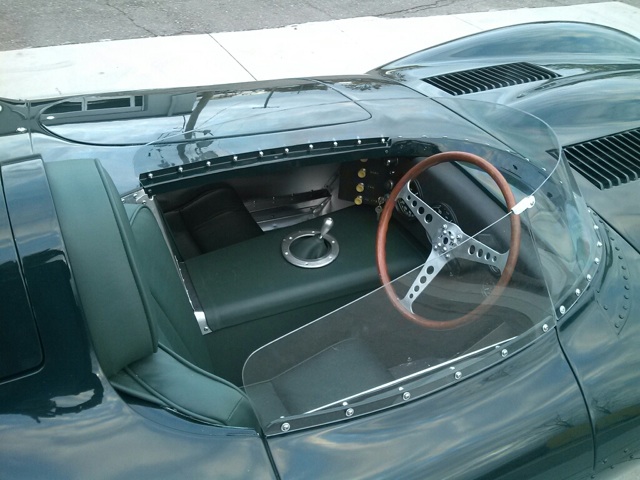

![DSCN0608 [640x480].JPG](https://images.squarespace-cdn.com/content/v1/5605f186e4b0392b9761aae7/1443936516016-N0SL1WIWWH3ZTW7CRDIW/DSCN0608+%5B640x480%5D.JPG)
![DSCN0614 [640x480].JPG](https://images.squarespace-cdn.com/content/v1/5605f186e4b0392b9761aae7/1443936516040-YYVMS5HGFNS5M5D1MF2H/DSCN0614+%5B640x480%5D.JPG)
![DSCN0623 [640x480].JPG](https://images.squarespace-cdn.com/content/v1/5605f186e4b0392b9761aae7/1443936516160-FMROYDGPBVS0WNJOJZKB/DSCN0623+%5B640x480%5D.JPG)
![DSCN0624 [640x480].JPG](https://images.squarespace-cdn.com/content/v1/5605f186e4b0392b9761aae7/1443936516174-R12MQXD9YTZFJFI18CY4/DSCN0624+%5B640x480%5D.JPG)



![IMG_0163[1].jpg](https://images.squarespace-cdn.com/content/v1/5605f186e4b0392b9761aae7/1443936516439-P0JHTWRBJJSF46MIF0J7/IMG_0163%5B1%5D.jpg)
![IMG_0164[1].jpg](https://images.squarespace-cdn.com/content/v1/5605f186e4b0392b9761aae7/1443936516539-PDSWRSTP2D36FM0BS178/IMG_0164%5B1%5D.jpg)
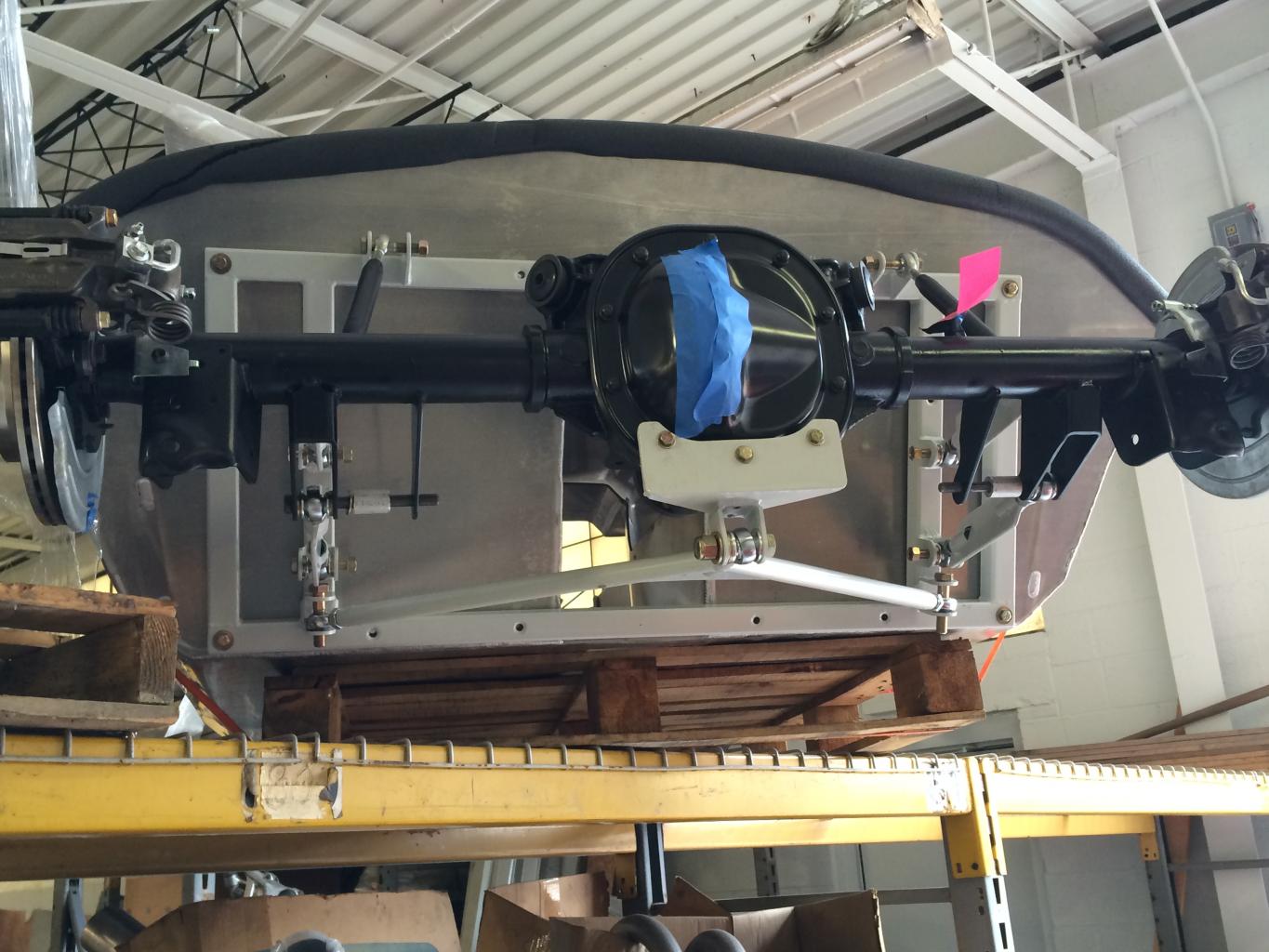
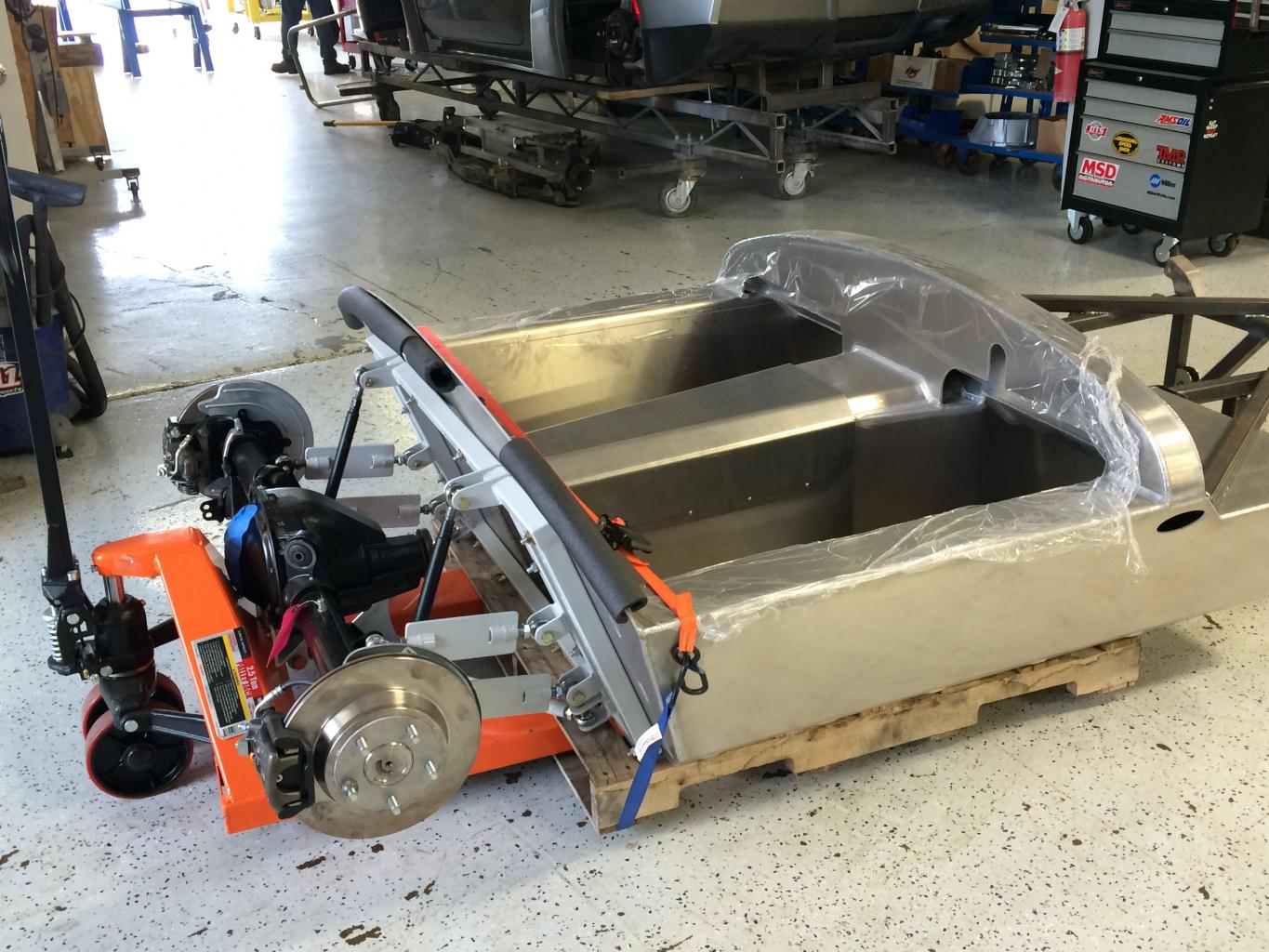
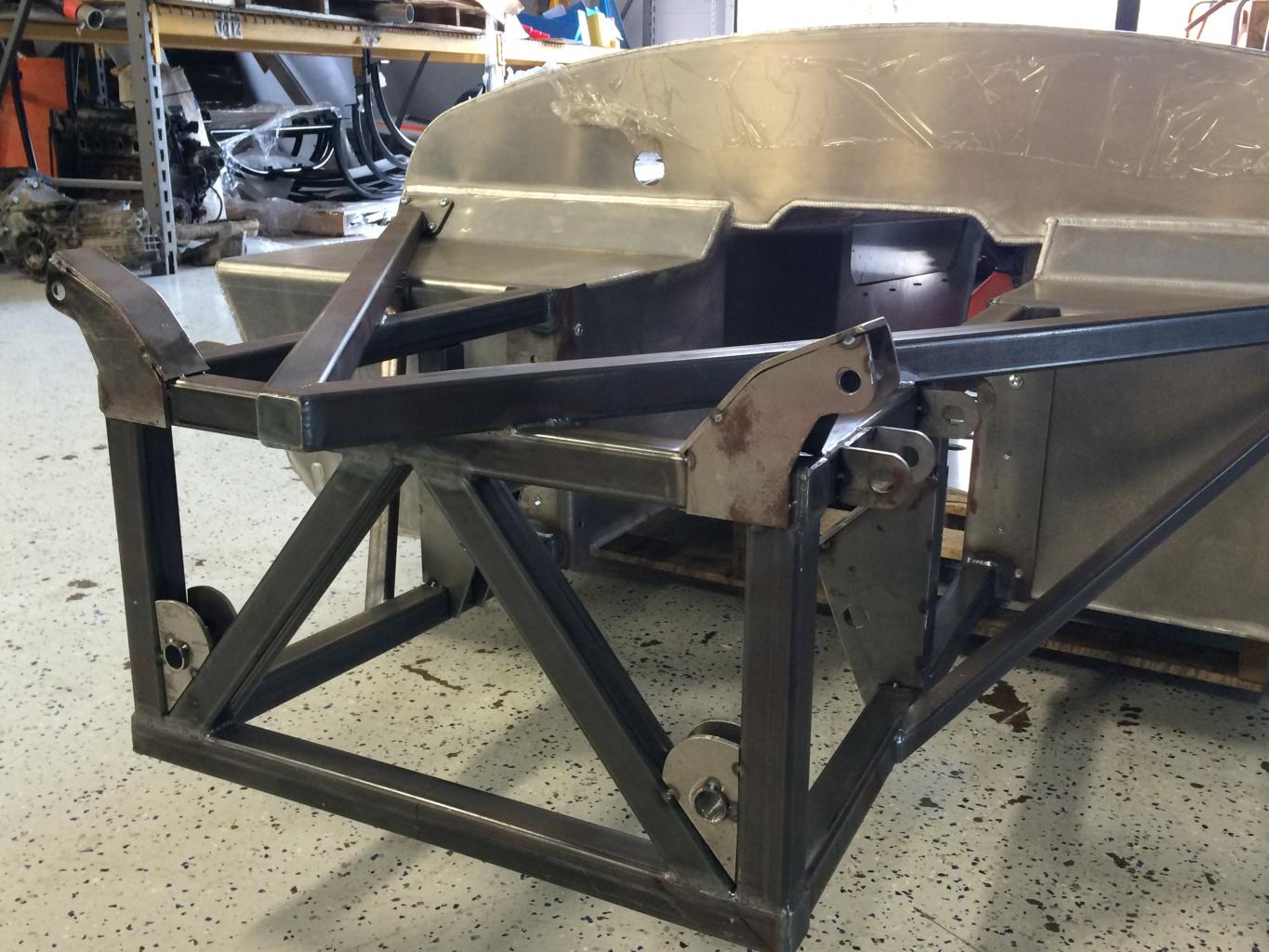
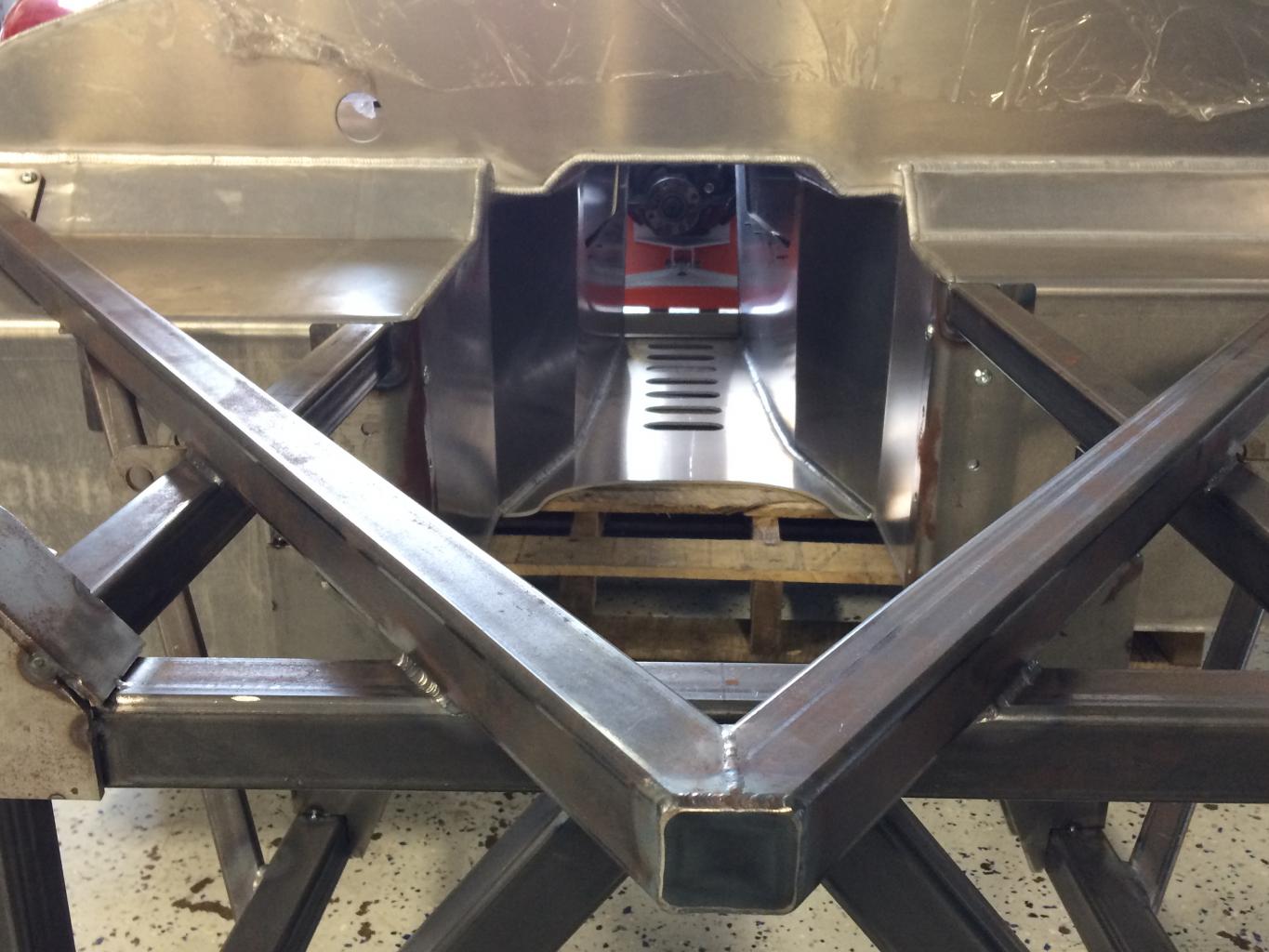
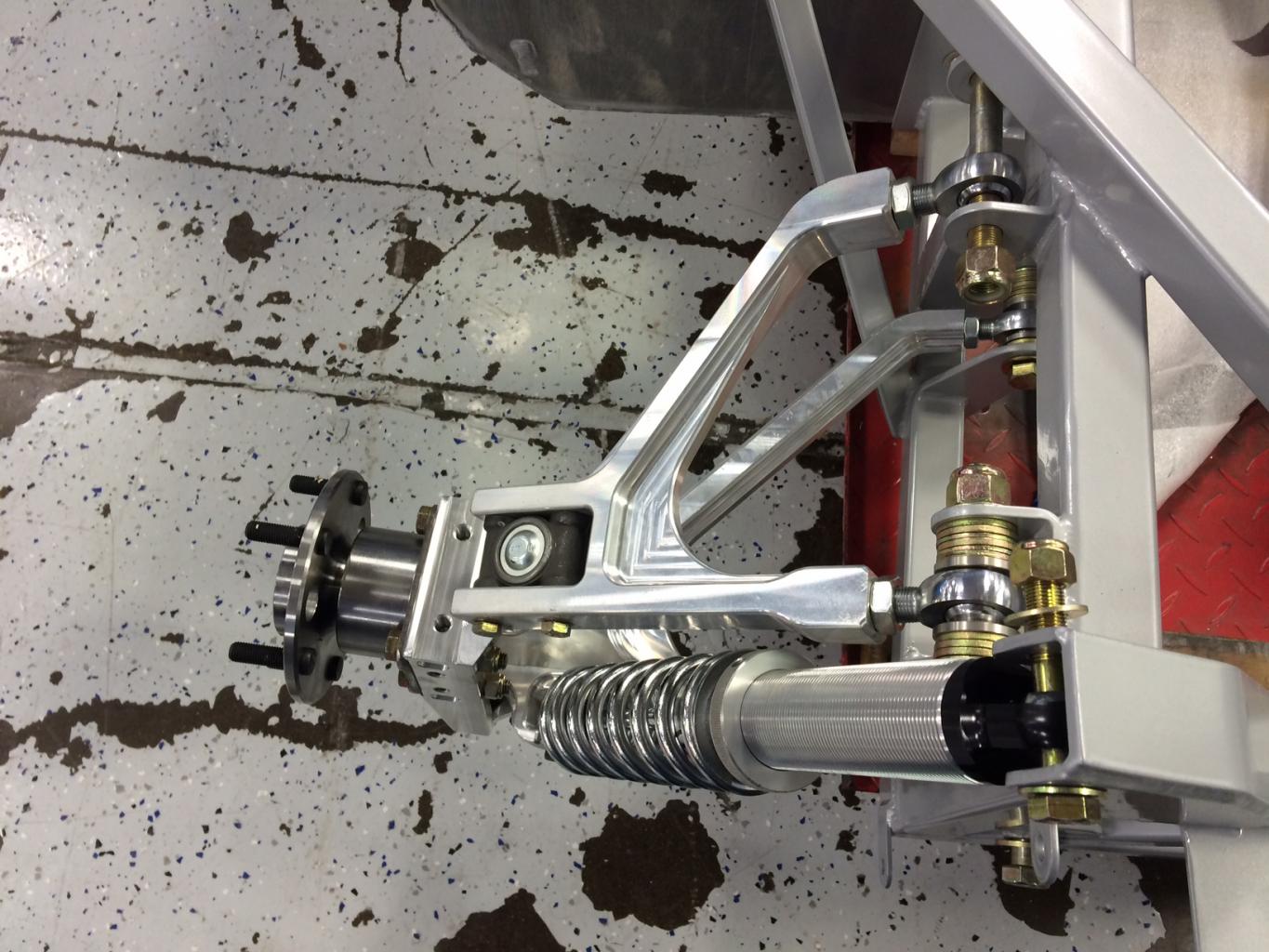
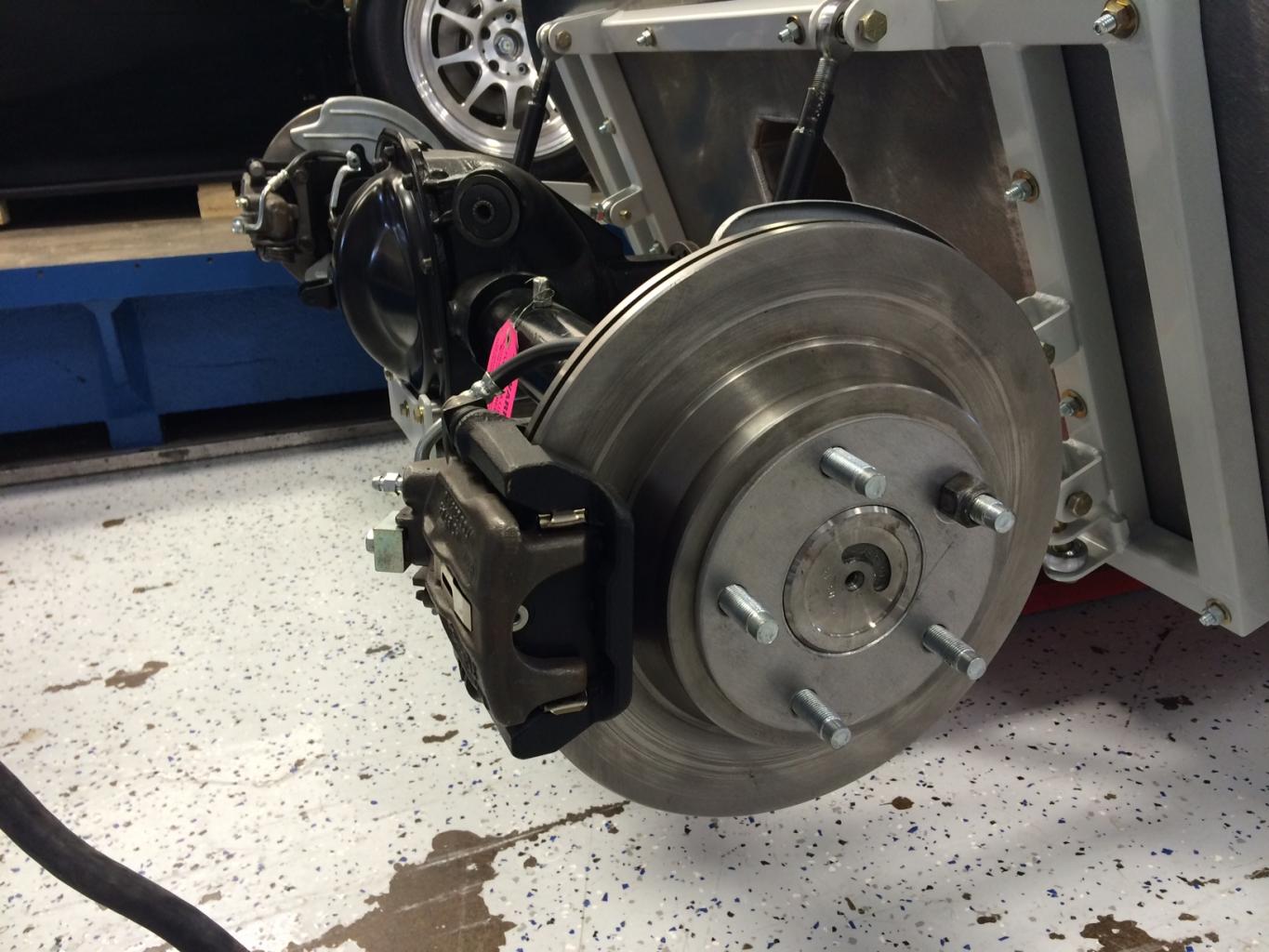
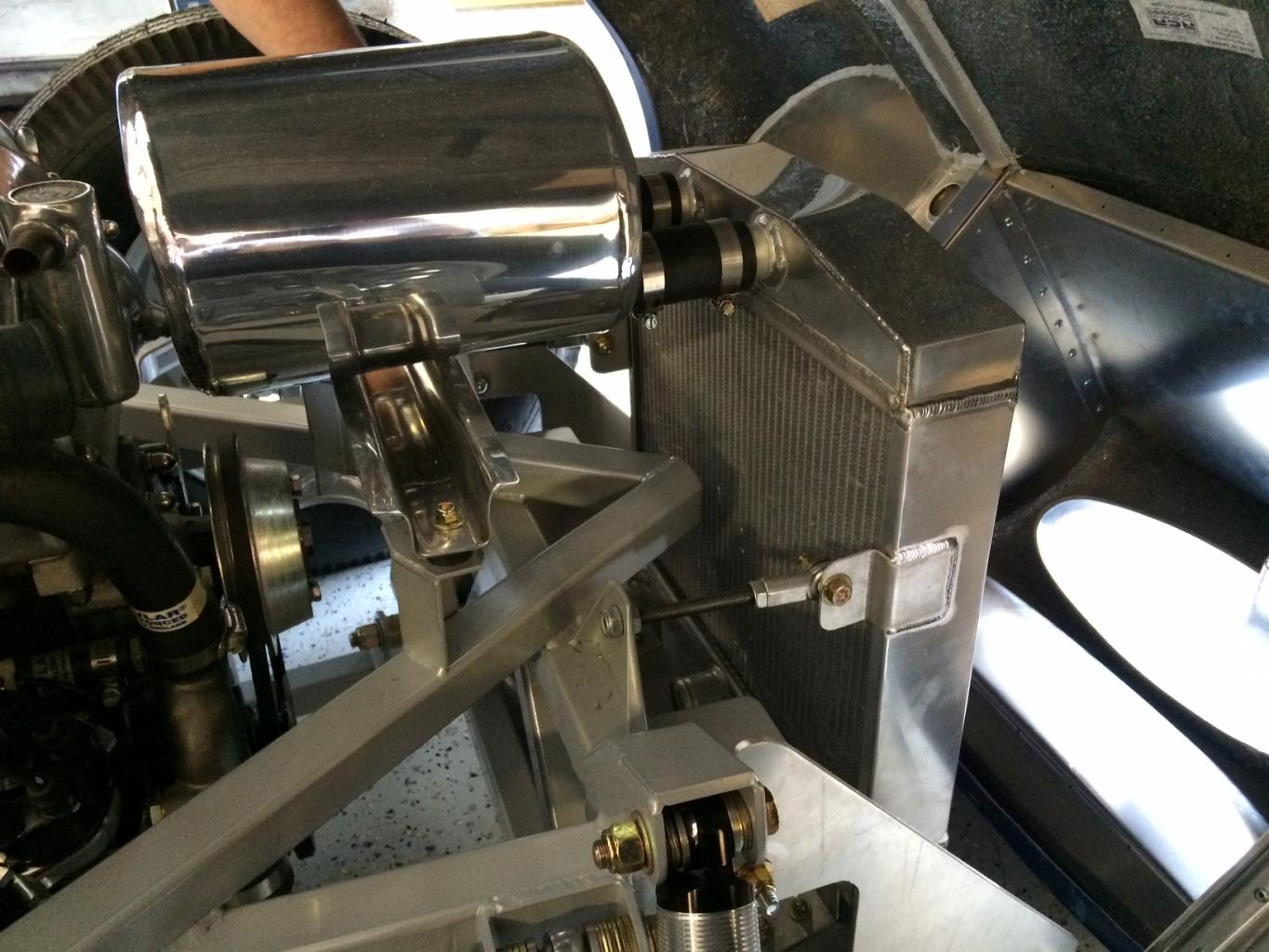
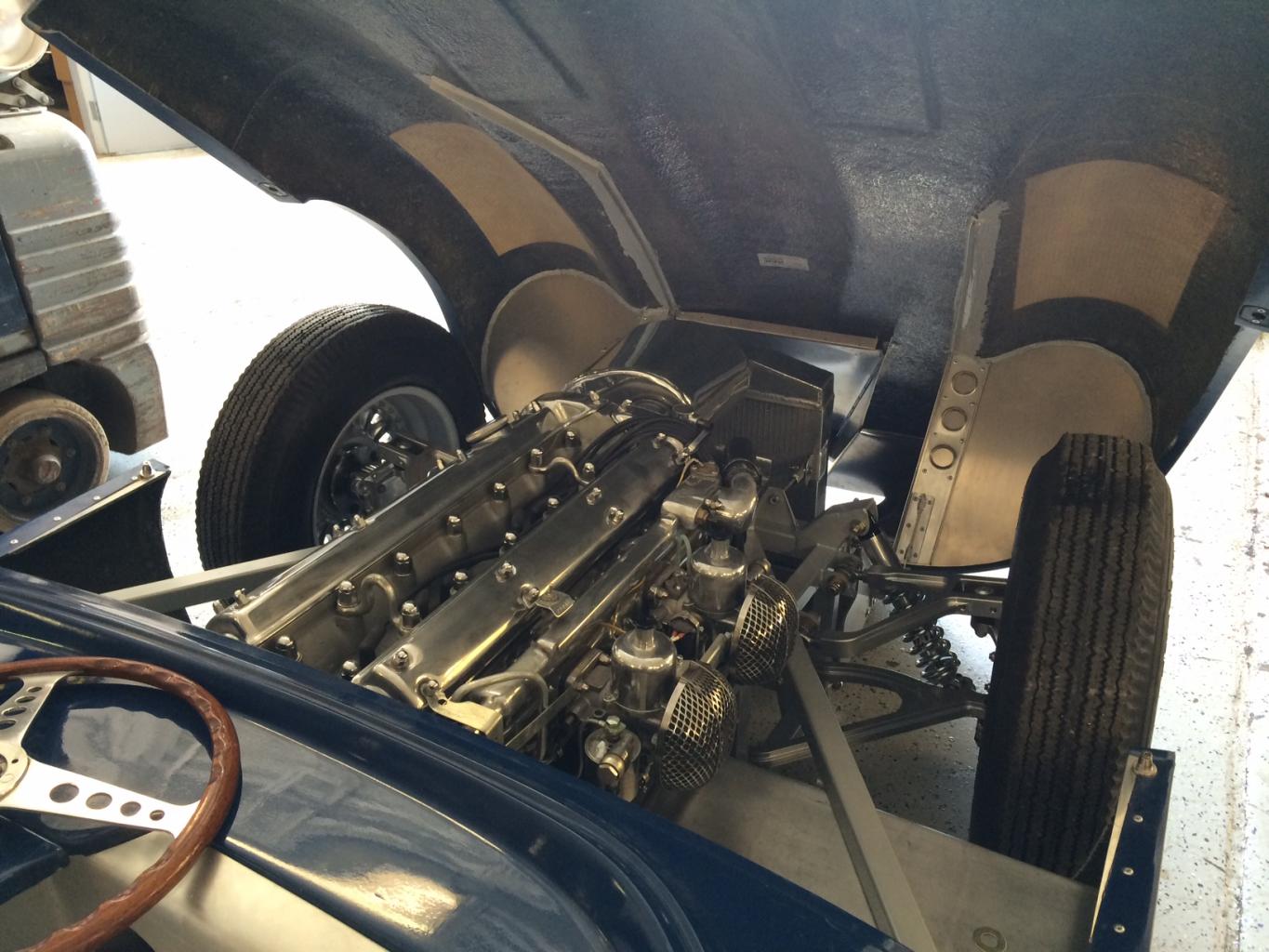
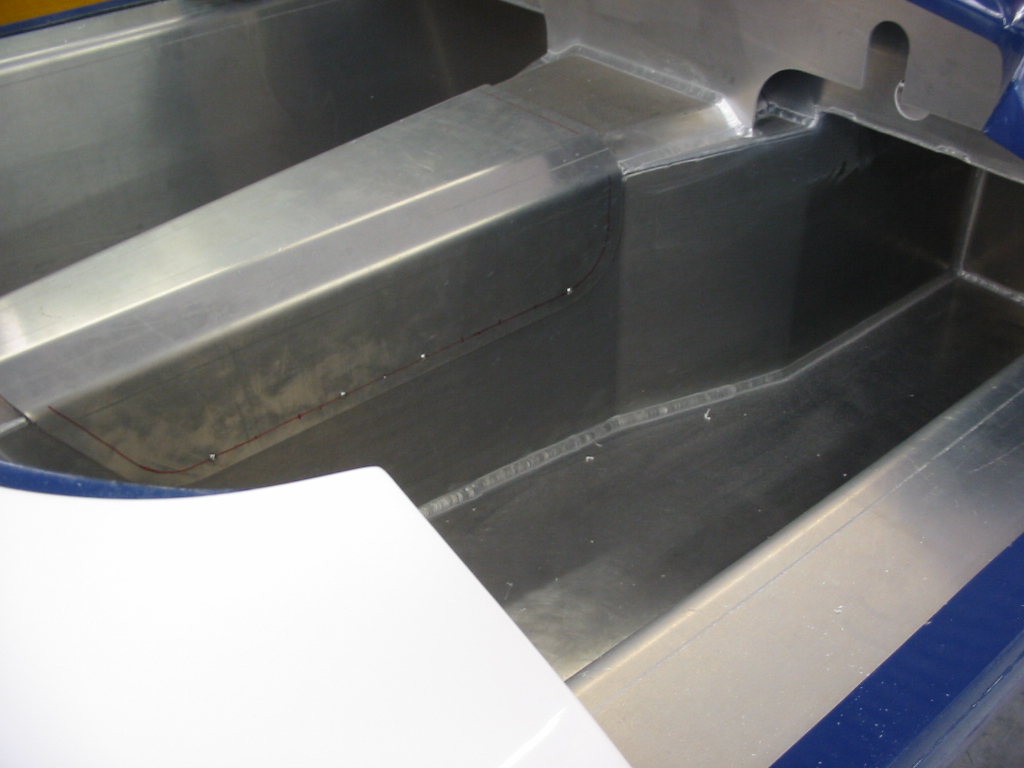
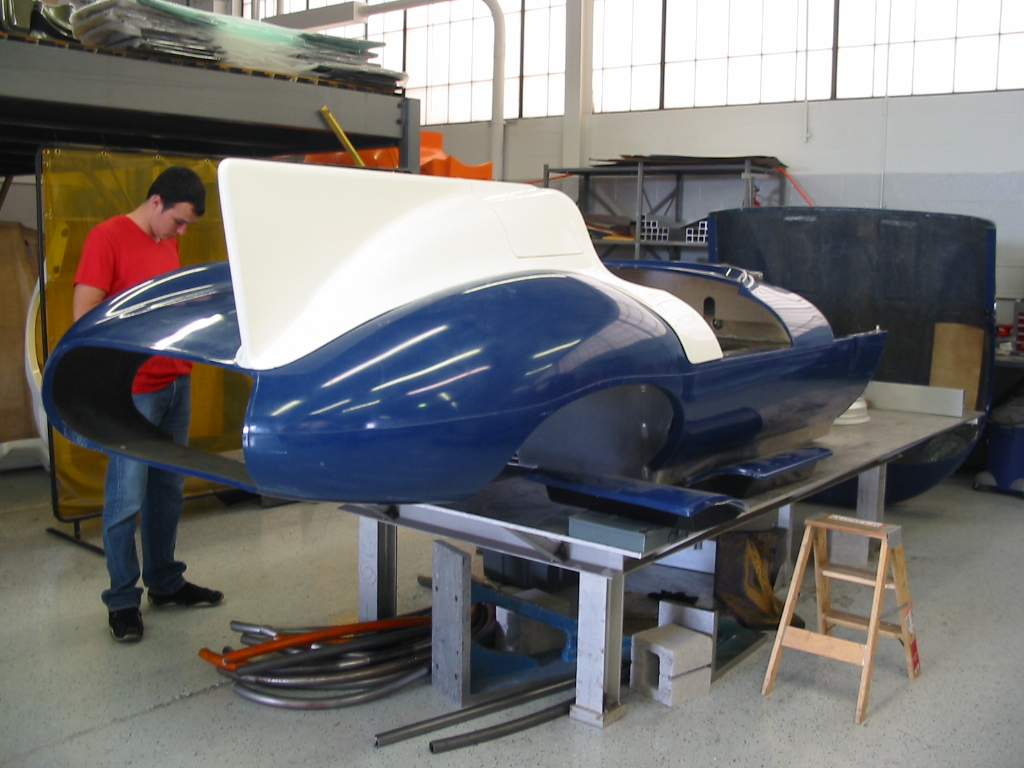



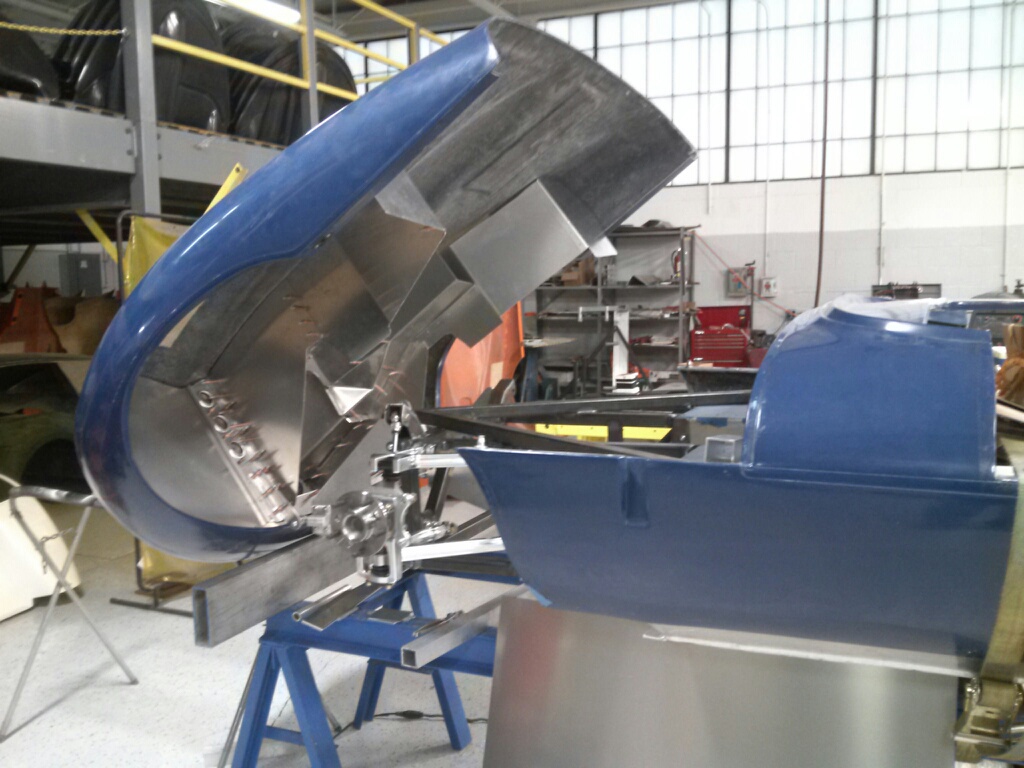
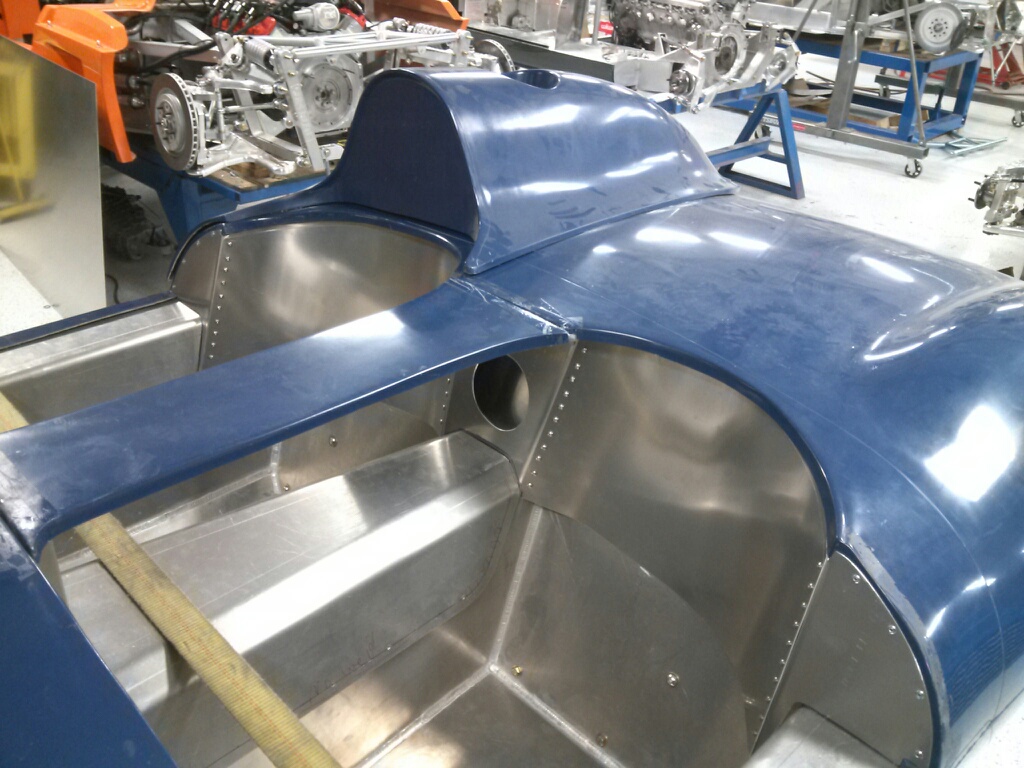
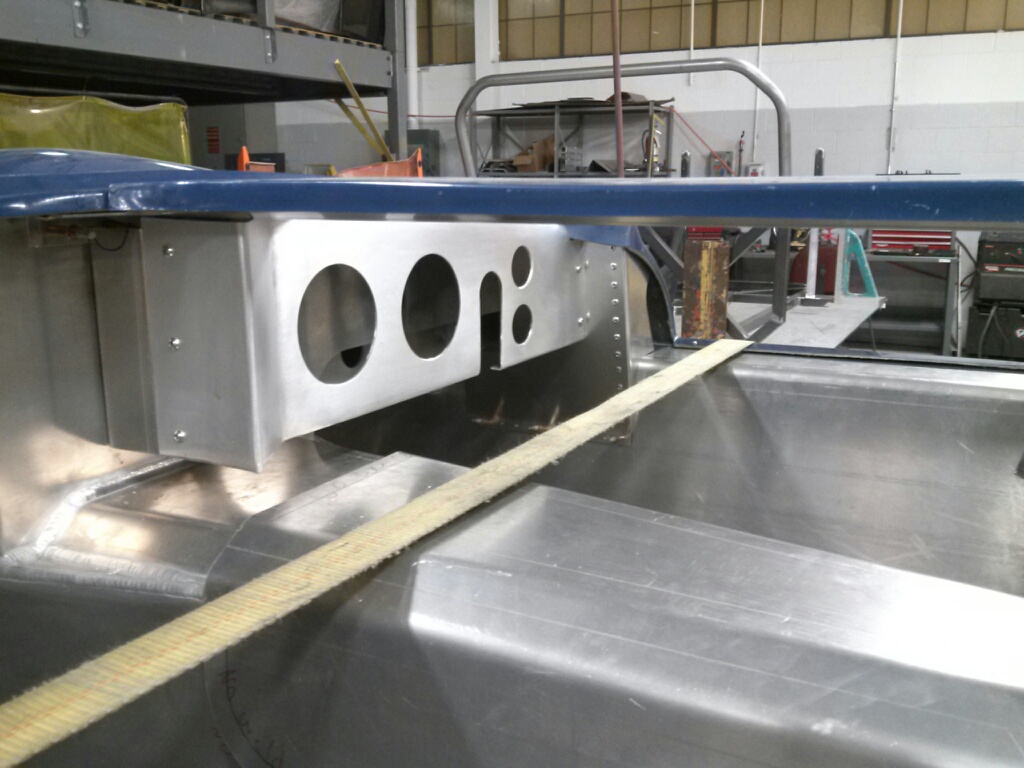
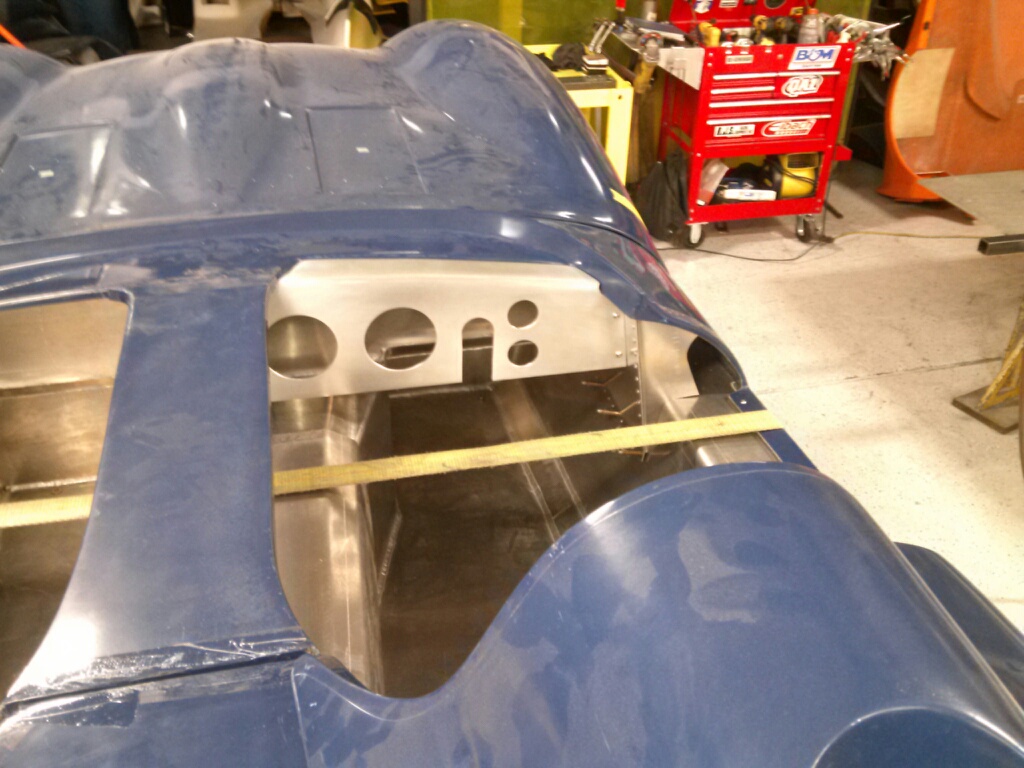
Pictures of the RCR D-Type.
Specifications
Drive: Right hand only
Overall Length: 154"
Width: 65"
Height: 44"
Wheelbase: 90.6"
Weight: 2,200 lbs typical with XK-series engine
Weight Distribution: 53% front, 47% rear (typical, depends on drivetrain and other choices)
Ground Clearance: 6", depending on setup
Drivetrain Configuration: XK-series engine, Tremec 5-speed (typical)
Fuel Tank Capacity: 15 gallons total
Suspension: Similar to original, but CNC billet aluminum uprights, control arms and braces
Chassis Construction: All-aluminum monocoque chassis, consisting of sheet and billet parts, completely TIG-welded, steel subframes, following original design
Body Construction: Hand-laid fiberglass body and head rest, aluminum inner and outer panels
![IMG_9857 [640x480] - Copy (2).JPG](https://images.squarespace-cdn.com/content/v1/5605f186e4b0392b9761aae7/1443879052189-EEKFWTBB4NUQP9ECLCNI/IMG_9857+%5B640x480%5D+-+Copy+%282%29.JPG)